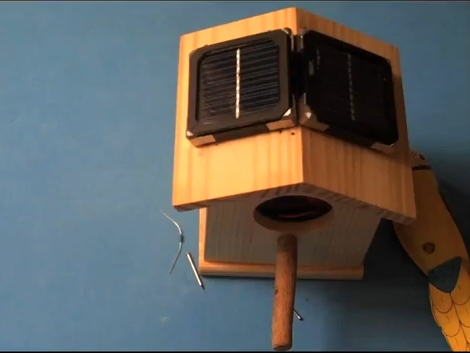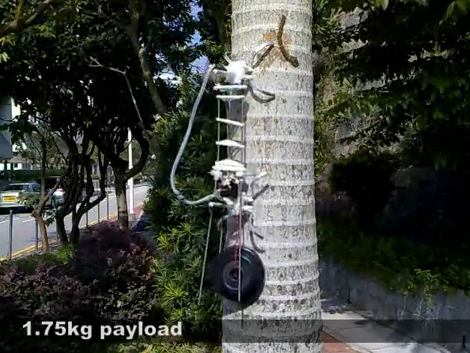
Recently on our Hack A Day forums a member asked about getting some VGA testers made in our “Request and Commissions” forum for a charity called the World Computer Exchange, who take old office PC’s and freshens them up to be used by children in developing countries for their education.
I sort of wanted to do a no brainier electronics build as I had been working on that Apple II weather display for quite a while at that point. I say no brainier because I decided to use one of the many already designed vga testers out there and all I really had to do was get it to fit in whatever box we ended up with.
I choose the deogen because it was already featured on Hack A Day, supports multiple raster patterns and resolutions (640×480 through 1280×1024), is already pretty darn small, and uses an ATTiny 2313 which is good because I am already set up for AVR micro controllers. For a case I choose to use some plastic “Ice Breakers” mint boxes, which due to their oval shape makes it quite a bit smaller than an altoids tin. The challenge is on to shove a PCB, switch, 9V battery, 2 buttons and a vga connector in the cramped space.
Join us after the break for a pile of pictures and some build notes.





















